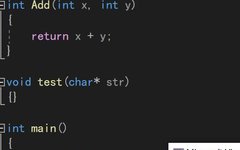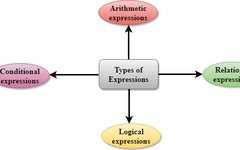How to Create a Complete Interior Design Plan in 30 Minutes
Editor’s Note: Train a Lora in 15 minutes, Generate dozens of inspiration images in 3 minutes, Convenient parameter adjustments, Create your own AI assistant. In the AI era, Every designer should become an AI trainer. No need for scientific internet access, No computer configuration requirements, The “Academy” sibling company “Yiyuan AI” is currently open for … Read more









